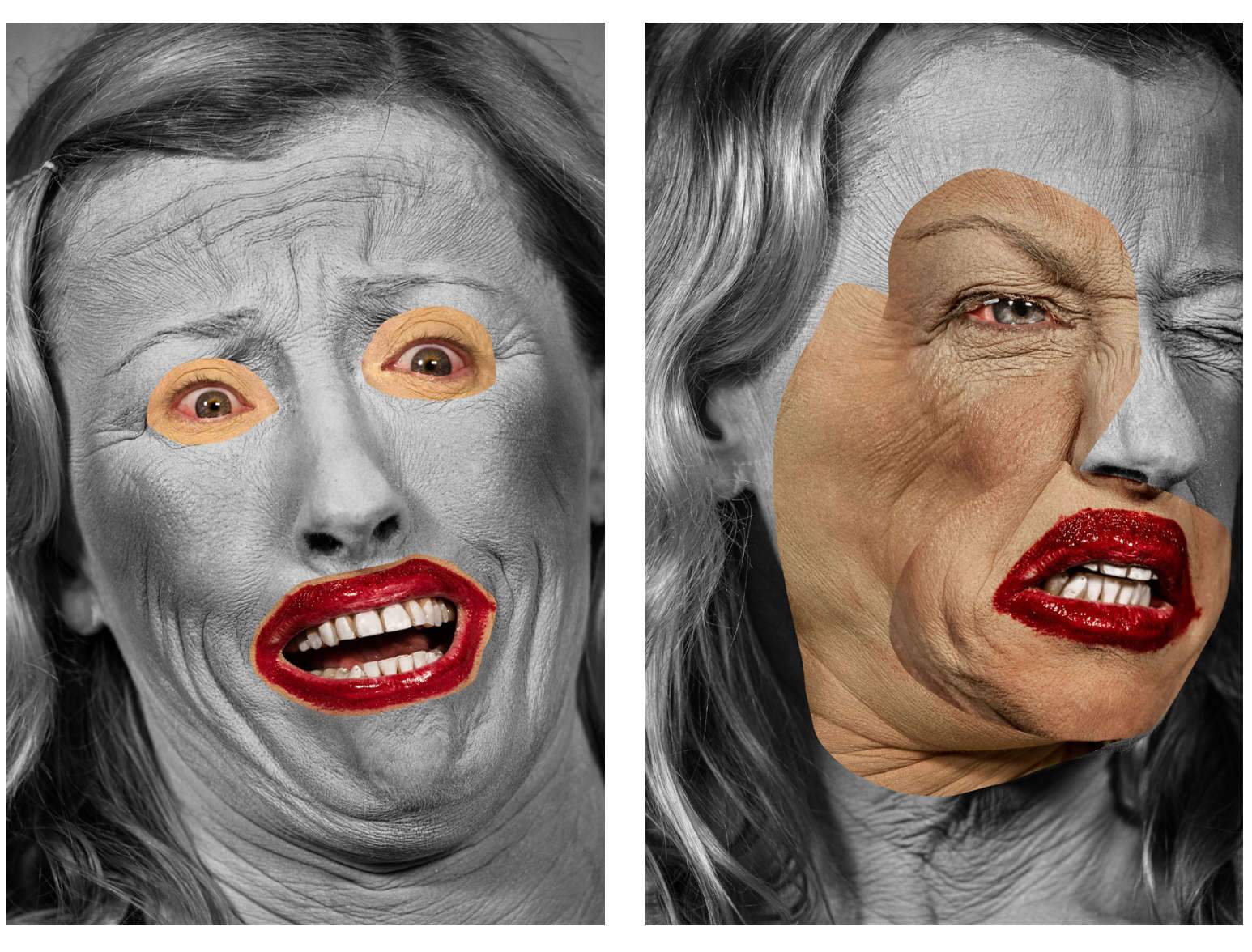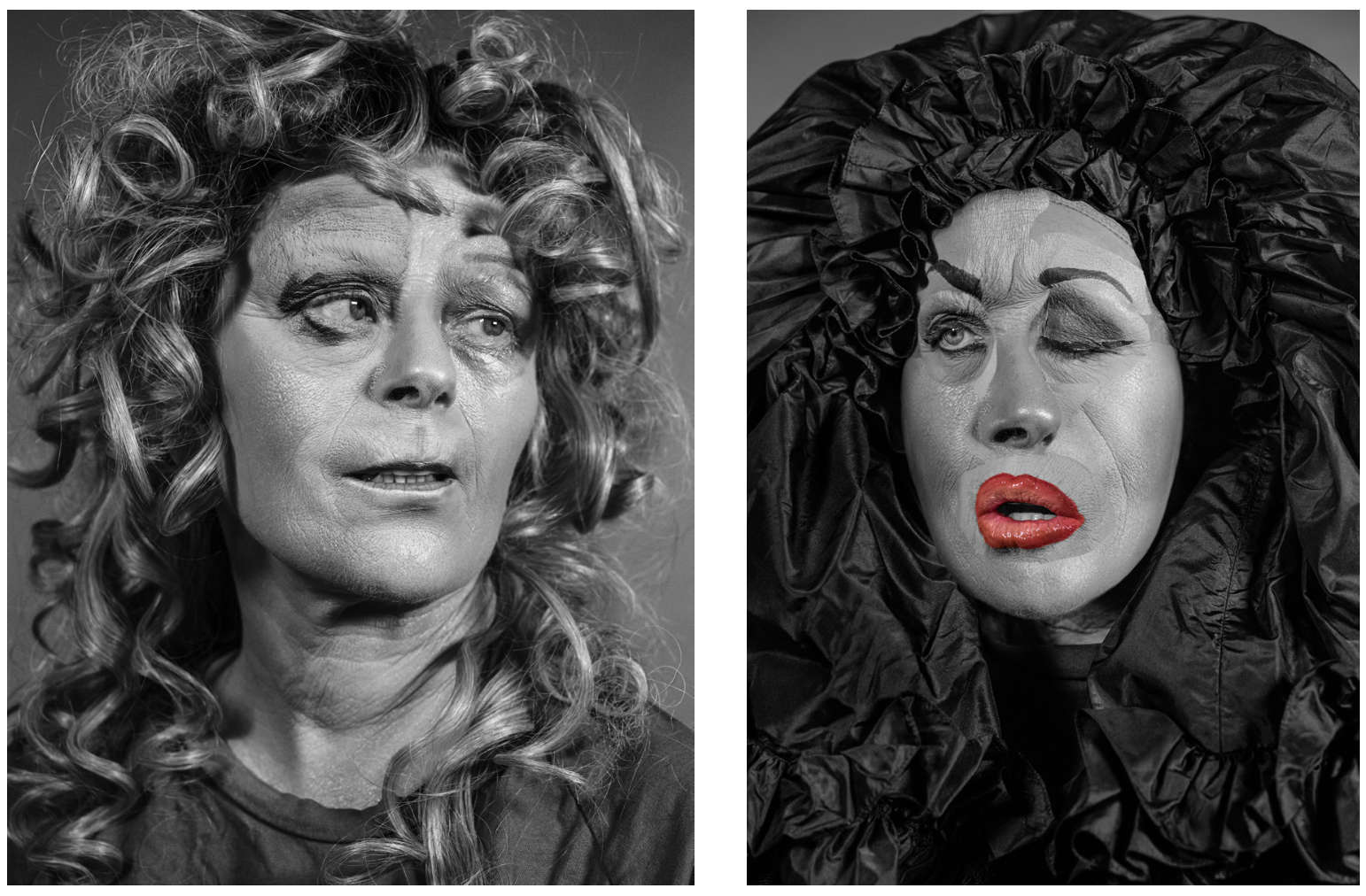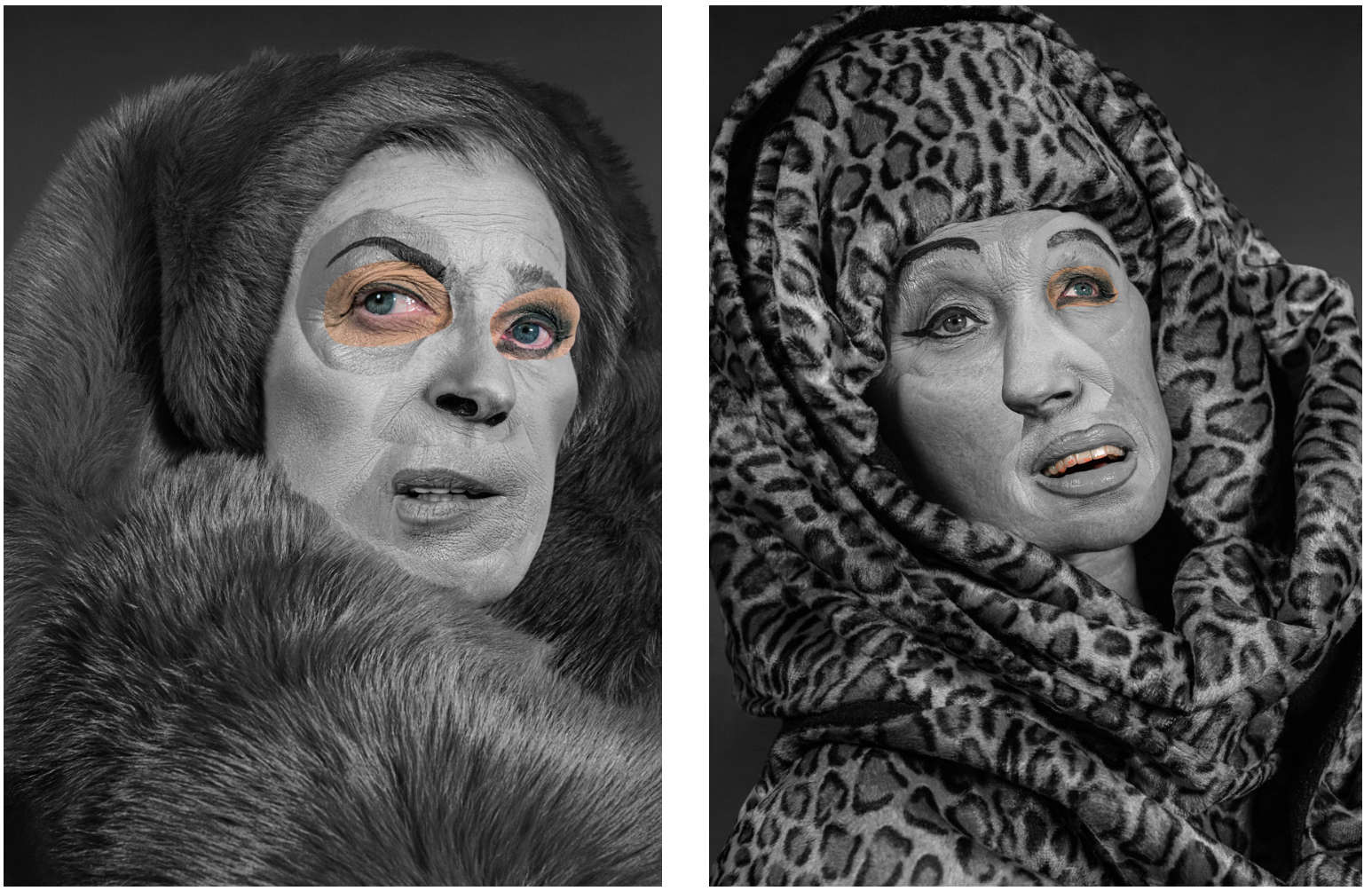The great U.S. artist Cindy Sherman (Glen Ridge, 1954), best known internationally for her photographs and her work on the condition of women, will present 30 new works at Hauser & Wirth in New York on Jan. 18 in an exhibition that also marks the artist’s return to the historic SoHo neighborhood where, in the late 1970s, Cindy Sherman made her debut with the now-famous Untitled Film Stills at the nonprofit organization Artists Space. It was the beginning of a career that established her as one of the most recognized and influential artists of our time.
Sherman’s groundbreaking work has investigated issues of representation andidentity in contemporary media for more than four decades. Since the early 2000s, she has constructed characters using digital manipulation, pondering the increasingly fractured sense of self in 21st century society and continuing an artistic exploration that has uniquely encapsulated her work since the beginning of her career. In the works to be presented at Hauser & Wirth, Sherman has pieced together different elements of his own face to construct entirely new characters, using digital manipulation to emphasize layered details and underscore the malleability of the self. She removed the external context, eschewing any staging, to focus entirely on the details of the face and head, and combining a digital collage technique that incorporates both black-and-white and color photographs with more traditional methods of transformation, such as makeup, wigs, and costumes, to create a group of eerie portraits of women laughing, wincing, smiling, and grimacing at the viewer.
To create these fragmented figures, Sherman photographed isolated sections of her own face (eyes, nose, lips, skin, hair, ears) and then cut, pasted, and deformed them onto a foundational image, constructing, deconstructing, and then reconstructing an entirely new image. In the dual role of photographer and model, Sherman thus continues to upend the typical dynamic between artist and subject. Thus, although all the images are compositions of the artist’s face, they read like classical portraits. And, despite the layering, Sherman’s works give the real impression of different individual models. Sherman’s fabricated women thus intend to disrupt the voyeuristic gaze and subject-object binaries associated with longstanding traditions of portraiture.
Digital manipulation, central to this new series (untitled in the Cindy Sherman tradition), exaggerates the tension between identity and artifice. This effect is accentuated in works such as Untitled #632 (2010/2023) and Untitled #654 (2023), in which Sherman combines sections of the face in both black and white and color, highlighting the presence of the artist’s hand and disrupting all perceptions of reality, also recalling the colorful, hand-cut works made in the 1970s. Using this layering technique, Sherman creates a place of multiplicity, drawing our attention to the fact that identity is a complex and often constructed human concept, impossible to capture in a single image. The exhibition is accompanied by a catalog produced by Hauser & Wirth Publishers.

 The new works of Cindy
The new works of Cindy The new works of Cindy
The new works of CindyBorn in 1954 in Glen Ridge, New Jersey, Cindy Sherman lives and works in New York City. Her pioneering work has been interrogating issues of representation and identity in contemporary media for more than four decades. Rising to fame in the late 1970s with the Pictures Generation group, along with artists such as Sherrie Levine, Richard Prince and Louise Lawler, Sherman turned her attention to photography at Buffalo State College, where she studied art in the early 1970s. In 1977, shortly after moving to New York City, she began her critically acclaimed series Untitled Film Stills.
Sherman continued to channel and reconstruct familiar characters known to the collective psyche, often in disturbing ways, and in the mid to late 1980s the artist’s visual language began to explore the more grotesque aspects of humanity through the lens of horror and abjectness, as seen in works such as Fairy Tales (1985) and Disasters (1986-89). These images saw the artist introduce visible prosthetics and mannequins into her work, which would later be used in series such as Sex Pictures (1992) to add layers of artifice in her constructed female identities. Like Sherman’s use of costumes, wigs and makeup, their application was often left exposed. Her famous historical portraits, begun in 1988, used these theatrical effects to break, rather than support, any sense of illusion. Since the early 2000s, Sherman has used digital technology to further manipulate his set of characters.
For the artist’s Clown series (2003) he added psychedelic backgrounds that are both playful and menacing, exploring the disparity between his subject’s outer personality and inner psychology. In her Society Portraits (2008), the artist used a green screen to create grandiose environments for women from the upper echelons of society. These CGI backdrops add to the glossy glamour of the women played by Sherman, who are heavily made up. In her 2010 mural series, Sherman presented several different characters against a computerized backdrop with unsuitable wigs, medieval clothing, and no makeup, instead using Photoshop to alter facial features. In his 2016 series Flappers, the viewer is confronted with the vulnerability of the aging process of Hollywood starlets from the 1920s, who pose in glamorous outfits from their best period and exaggerated makeup. In 2017, Sherman began using Instagram to upload portraits using various face-altering apps, transforming the artist into a plethora of protagonists in kaleidoscopic settings. Disorienting and disturbing, the posts highlight the dissociative nature of Instagram from reality.
 |
| Cindy Sherman presents a set of 30 new works in New York. |
Warning: the translation into English of the original Italian article was created using automatic tools. We undertake to review all articles, but we do not guarantee the total absence of inaccuracies in the translation due to the program. You can find the original by clicking on the ITA button. If you find any mistake,please contact us.